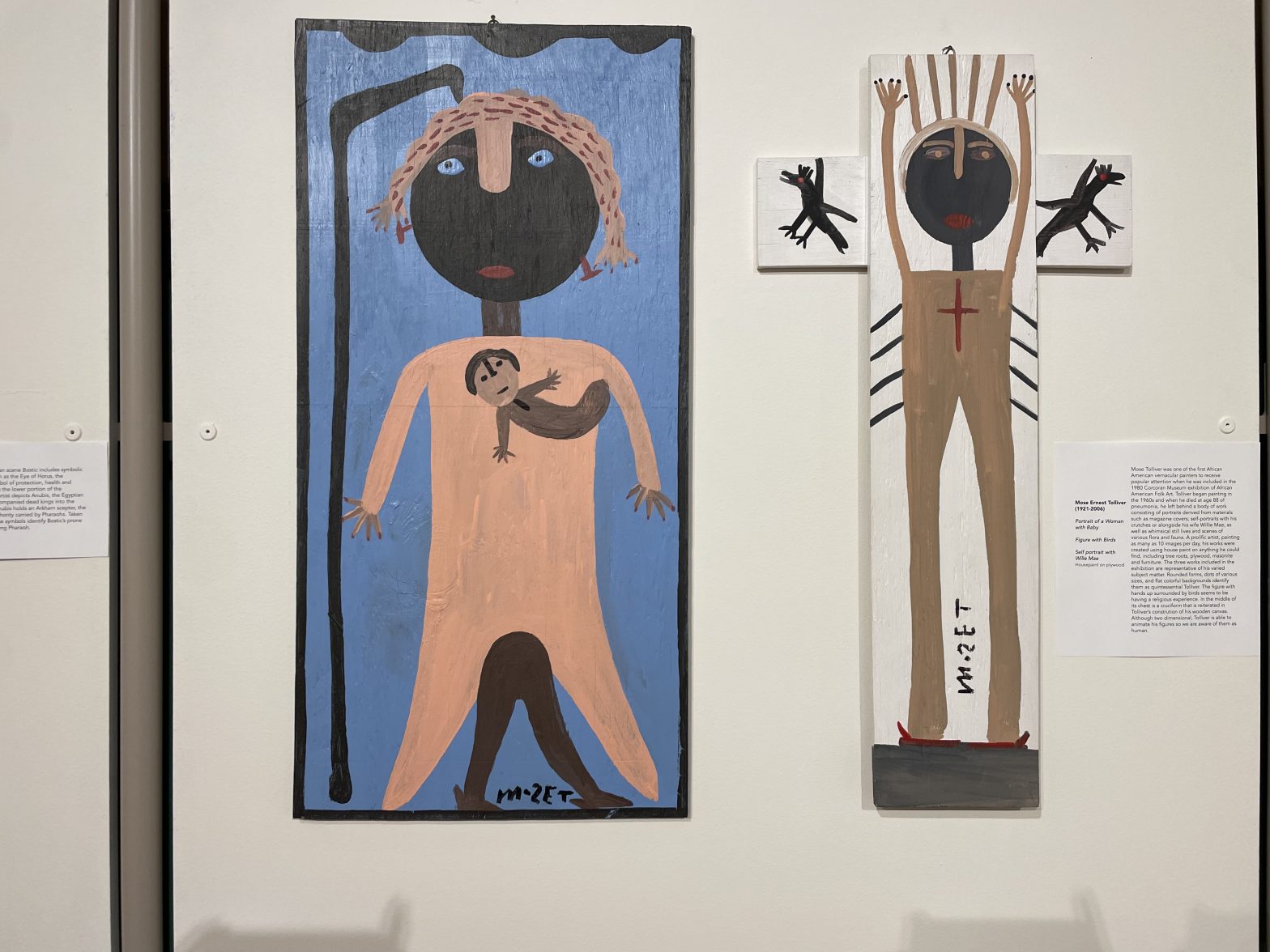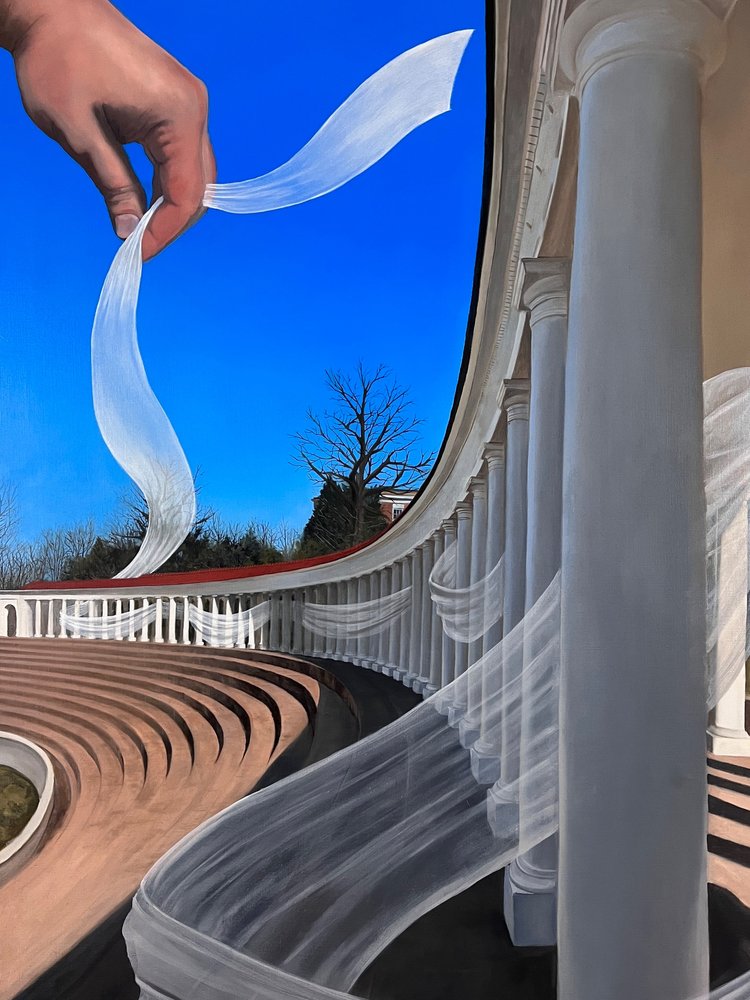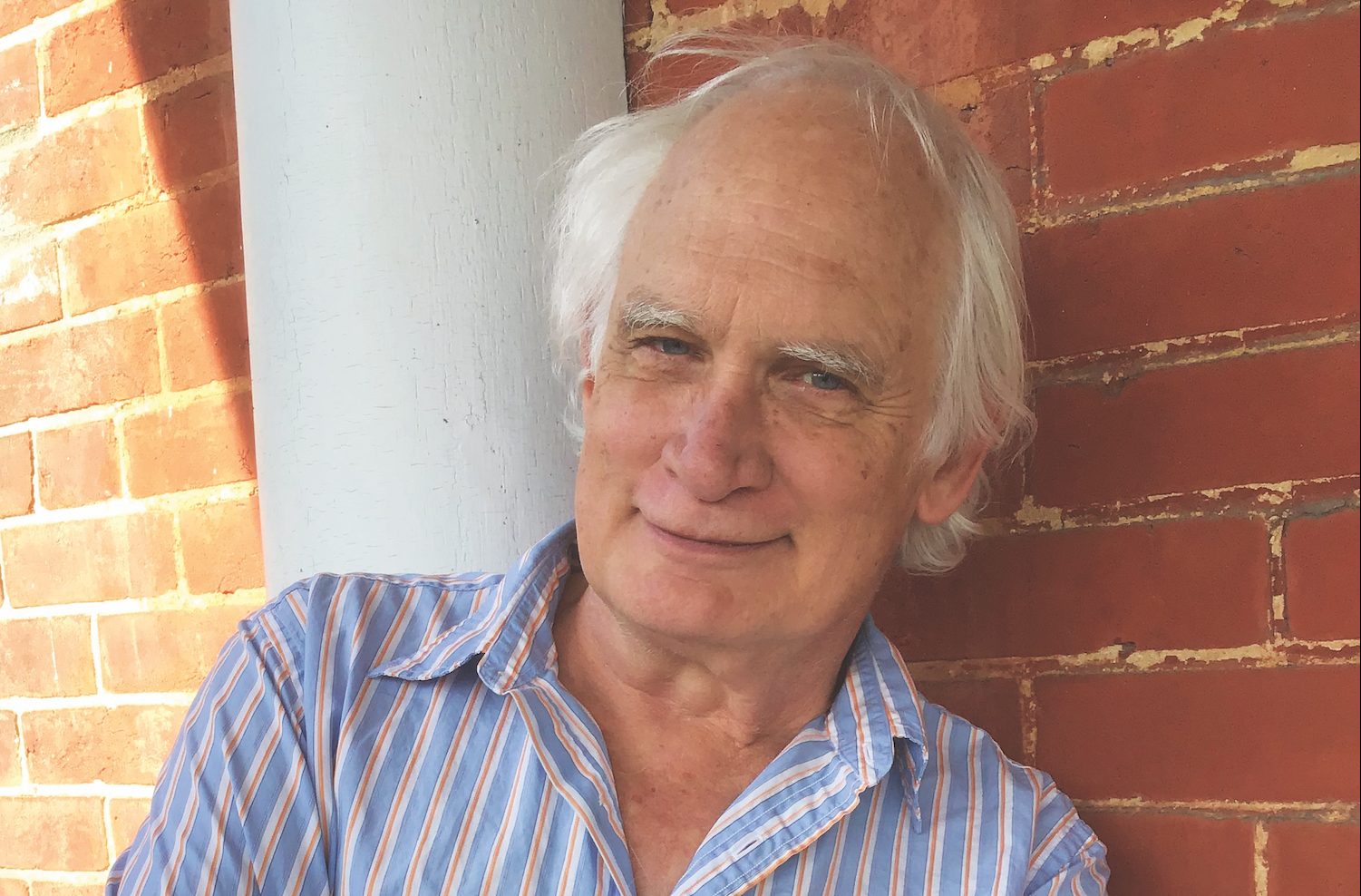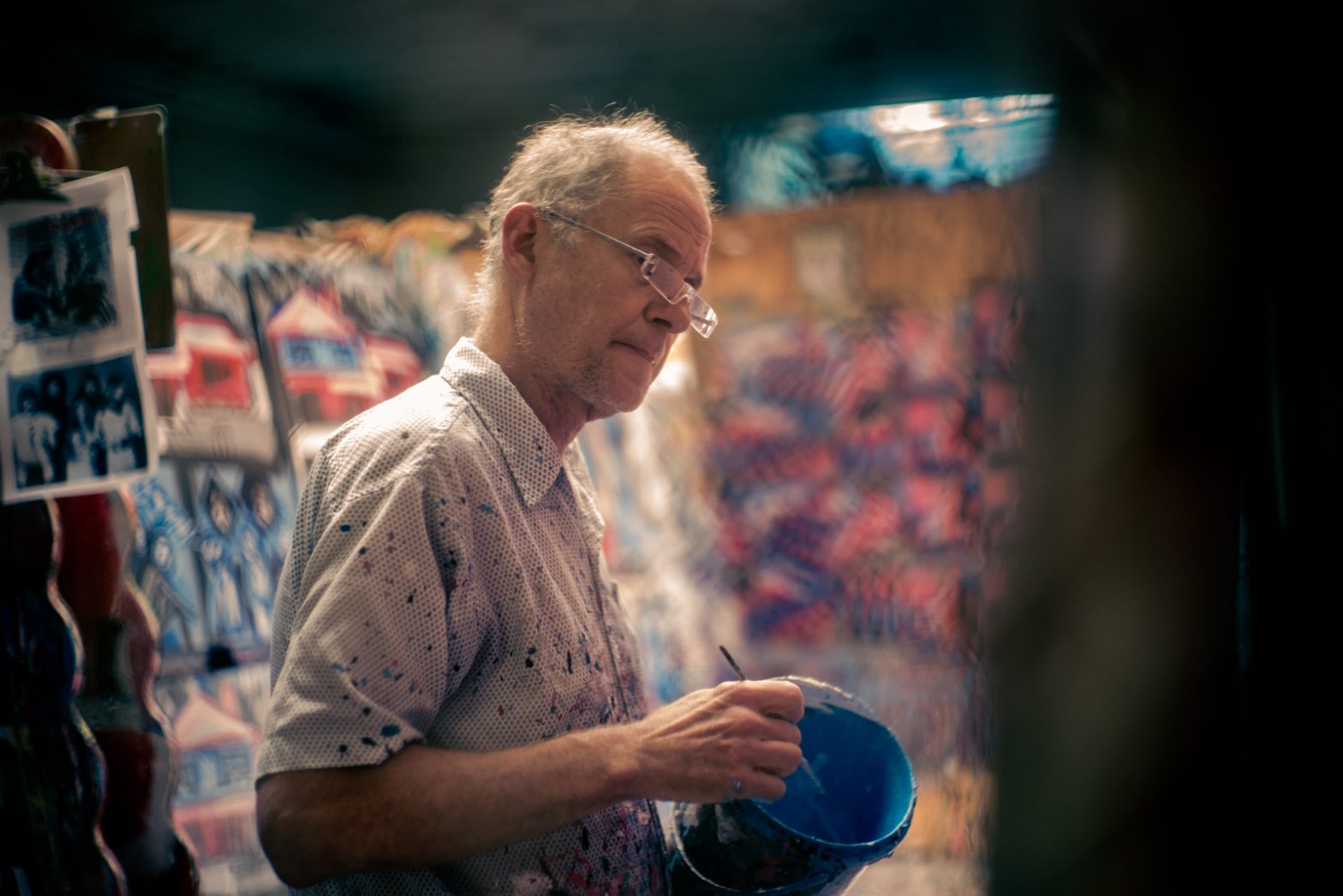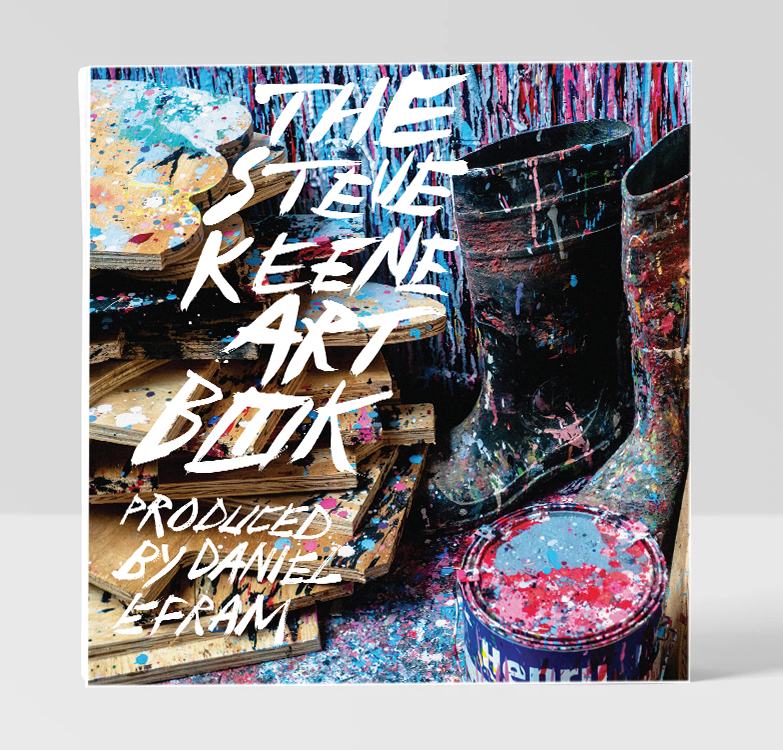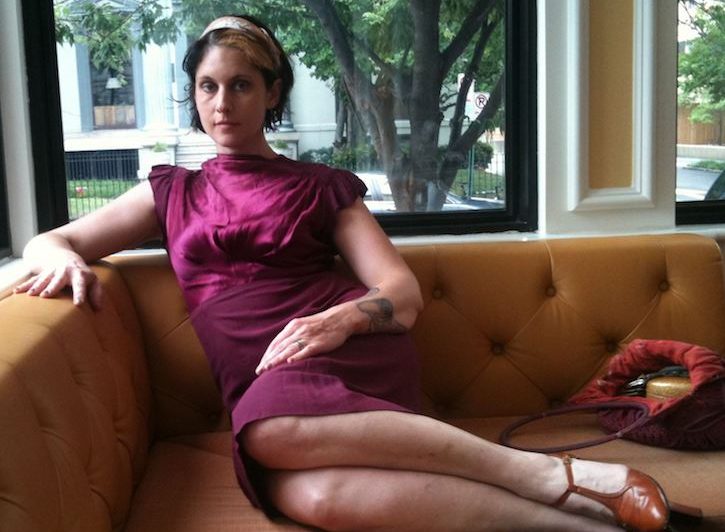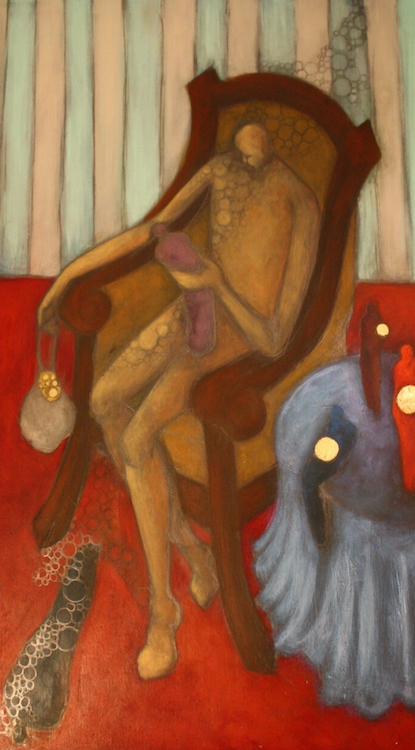“Tom Chambers and Fax Ayres: Everything is Extraordinary,” currently on view at Chroma Projects at Vault Virginia, features two artists using distinctive approaches to alter and enhance photographs in order to capture a mood, an evocation of a place, objects, or some mystical imaginary region.
Fax Ayres enjoys playing with perception. This is evident in his transformation of ordinary objects into something special, and the playful shifting back and forth between reality and fiction that’s a recurring theme throughout his work. Photographing each piece incrementally, Ayres works on small sections, taking as many as 200 photographs to end up with the 100 good ones that comprise a finished image.
“I like the fact that they can appear to be paintings or photographs,” says Ayres. “I have a definite affinity for some of the Dutch painters who did those hyper photorealistic paintings.”
To achieve the crystalline quality of his images, Ayres uses light painting. With the camera mounted on a tripod and tethered to a computer, Ayres holds a remote trigger in one hand and a small flashlight in the other. He opens the shutter and skims the light across the surface of the area he’s photographing, throwing the object into high relief. The shutter speed depends on a variety of factors, including the surface area size, how shiny or dull it is, and even how far away it is from the camera.
“I keep the shutter open with a manual count,” he says. “Then I close the shutter and look at the image to see if the highlights look right, if the texture of the surface is revealed in the way I want, etc.”
One can see the result of the process in the remarkable reflecting, haptic, and even emotional qualities Ayres is able to wrest from the ordinary, everyday objects he uses. To preserve the clarity of the work, Ayres has his images printed on smooth, matte aluminum.
At first, “The Usual Suspects” appears to be a sober and imposing work, but then we notice a plastic monkey and parakeet amidst the oil cans, padlocks, and weights. It’s a delightful touch that disrupts the unrelenting browns and grays of old metal by adding color, humor, and frivolity.
In “Portal,” Ayres takes this levity further, creating a faux landscape of fake trees and grass, a dog figurine, and a macabre novelty lamp, all set within a car gear part that’s resting on an old-school style level. These functional objects, made from steel and wood, shine under Ayres’ exacting eye—their humble ordinariness transformed into beauty by proximity to the garish artificial scene they’re paired with.
Ayres steps outside the studio with the striking “Birch Trees” and “Pool Gates.” In these works, intense lighting and hyperrealism work together to produce a curious artificiality that adds drama and suspense.
In his allegorical photomontages, Tom Chambers captures the innate beauty of young girls in a way that exalts them while preserving their innocence. In Chambers’ hands, this central theme yields powerful images.
According to Chambers, “the photographs present something that is possible but not probable,” a land where girls rule (or at least have agency) and feral beings are safe. He photographs his subjects in the studio, while placing them within landscapes that tend to be rugged, northern coastal settings—the perfect foil for the tender girlish pulchritude depicted.
In some images, the girls are either holding or interacting with natural beings—a wolf, birds, fireflies, which are in peril because of demonizing, loss of habitat, or pollution. In these mysterious tableaux, one has the sense that the girl is in control; a junior Mother Nature tending to and protecting her charges. “In each of my images, I’m going for my own expression of a feeling through telling a story,” he says. “I hope the viewer also connects in some way emotionally with his own personal interpretation.”
Chambers clothes his models in garments that sync perfectly with the timbre of the work. Their frocks, muted in color and style, have a timeless elegance about them that’s unusual and piques our interest. One girl, in a plain white shift, sports an arm in a matching sling. It’s unexpected and provocative, engaging the viewer’s curiosity and dispelling any whiffs of cloying sentimentality such enchanting subjects might arouse. Another girl wears a black and white checked dress that echoes the speckled hens at her feet. Still another wears pale pink, the same shade as the teapot she holds.
There’s an unmistakably elegiac quality to the work. The fragility depicted, whether of nature or young girls, is under constant threat. In these brave doe-like visages—serene, fearless, immutable—we see beauty certainly, but we also see strength. And yet, this strength is tempered by our understanding of the girl’s unequivocal vulnerability. It is this last quality together with the subjects’ patent goodness that makes them the ideal incarnation for humanity in these beguiling examples of memento naturae.



